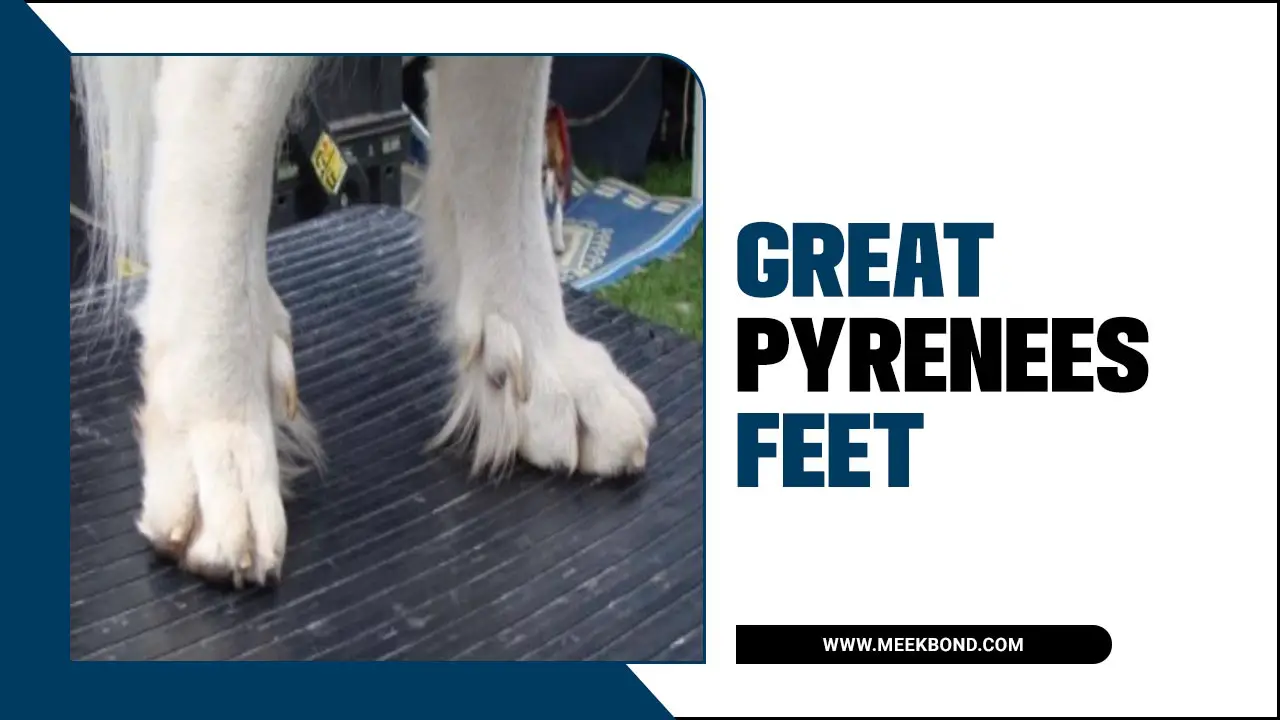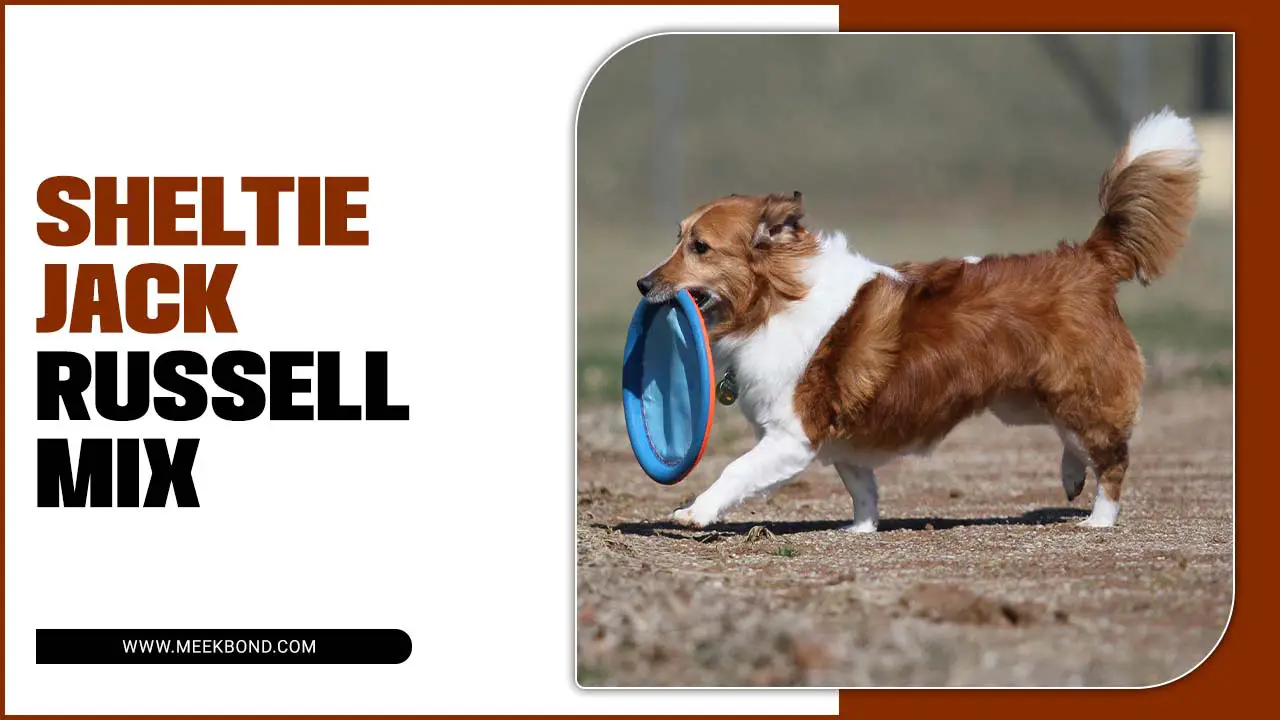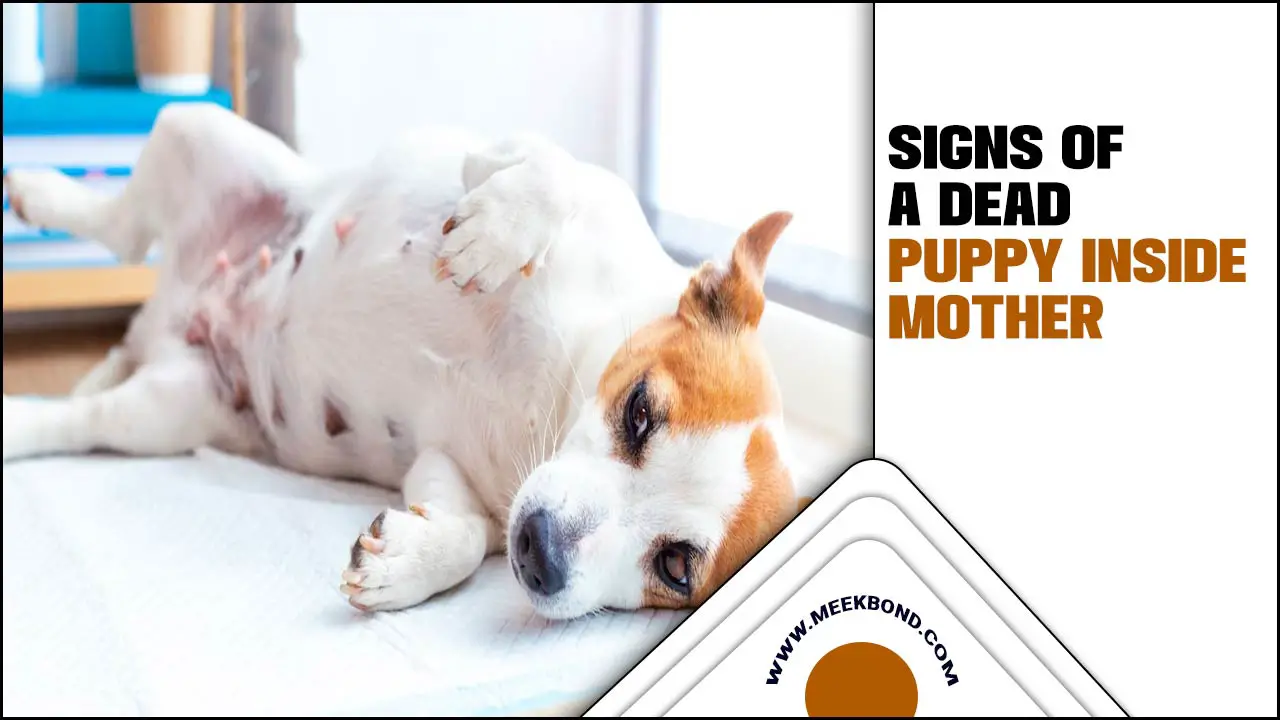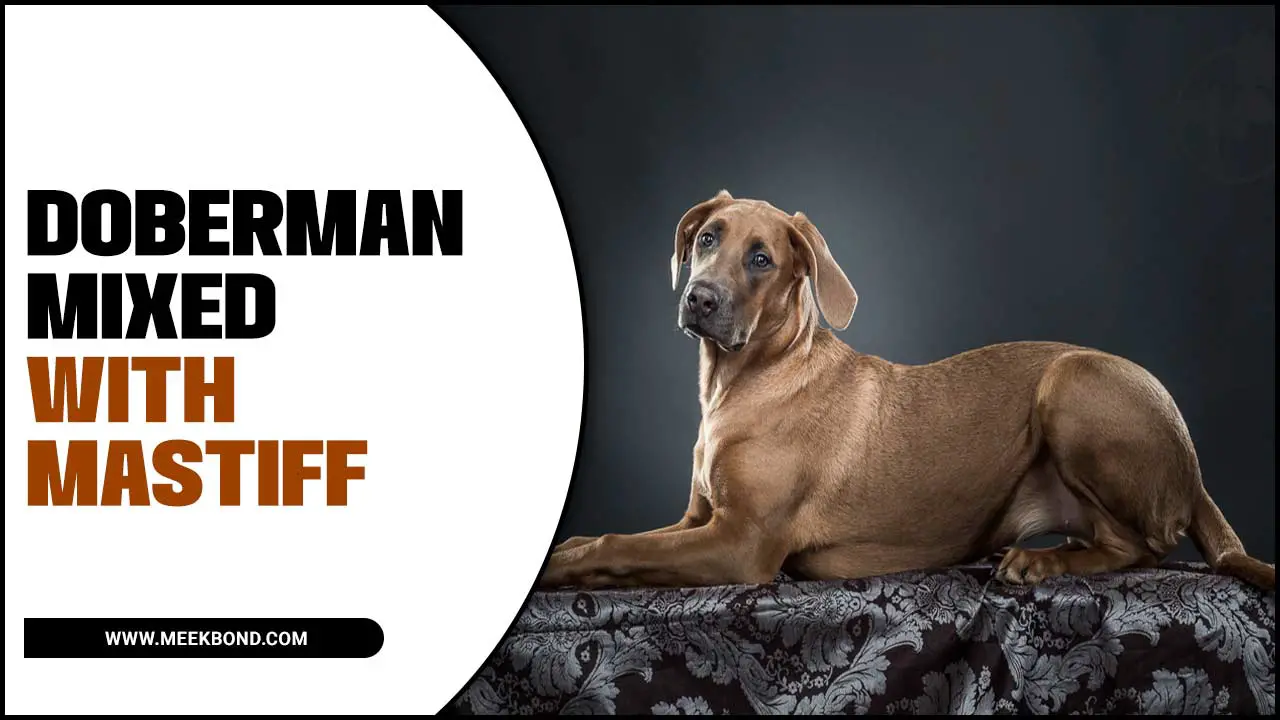Dog dental cleaning is a veterinary procedure that involves removing tartar and plaque from a dog’s teeth. Tartar and plaque buildup can lead to oral health problems such as gum disease, bad breath, and tooth loss.
Cleaning your dog’s teeth can help prevent these issues and keep their oral hygiene in check. The procedure is typically done under anaesthesia to ensure the cleaning is thorough, but it is important to note that there are risks associated with anaesthesia. Regular cleanings recommend to maintain your dog’s oral health, the frequency of which will depend on your dog’s age, breed, overall health, and diet.
Here we will discuss what dog dental cleaning is, why it’s essential, and the causes of dog death after dental cleaning. We explore this important topic and learn how to better care for our furry friend’s health.
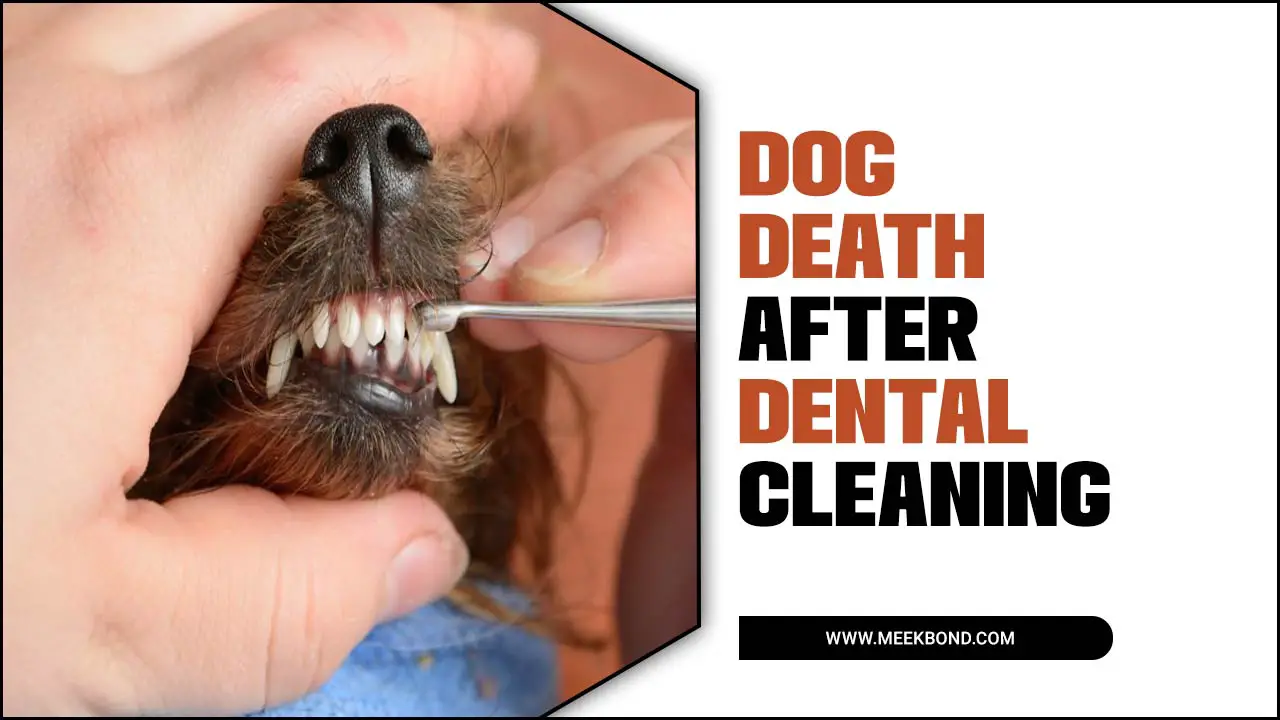
Causes Of Dog Death After Dental Cleaning
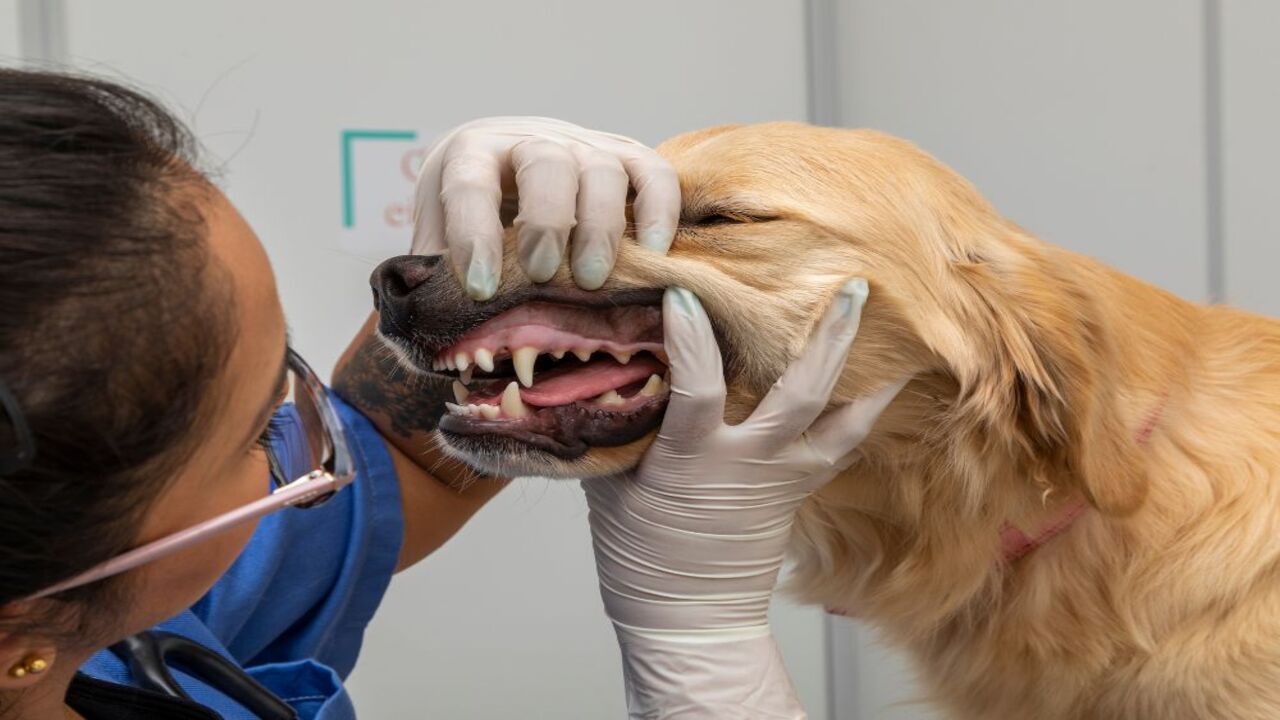
Anaesthesia complications can result in dogs’ unfortunate and untimely death after dental cleaning procedures. Anaesthesia during dental cleanings must ensure the dog remains calm and cooperative. However, certain pre-existing health conditions can increase the risk of complications leading to the dog’s death. Here are the Causes of Dog Death After Dental Cleaning:
- Anesthesia complications: Dogs are typically put under anaesthesia during dental cleanings, and while it is generally safe, risks can be involved. Anaesthesia complications can include allergic reactions, respiratory issues, or adverse reactions to the medication.
- Underlying health conditions: In some cases, dogs may have undiagnosed underlying health conditions that can make them more susceptible to complications during dental cleaning. These conditions could include heart disease, kidney disease, or liver problems.
- Age and breed: Older dogs and certain breeds may be more prone to experiencing complications during dental cleanings. Veterinarians must consider these factors and monitor these dogs closely during the procedure.
- Negligence or errors: Unfortunately, in rare cases, negligence or errors on the part of the veterinary staff can contribute to dog deaths after dental cleanings. This could include improper administration of anaesthesia or failure to monitor vital signs during the procedure.
Dog owners must discuss concerns about their pet’s health or potential risks associated with dental cleanings with their veterinarian. By being informed and proactive, you can help ensure the safety and wellbeing- of your furry friend.
Tips To Ensure Your Dog’s Safety During Dental Cleanings

Regarding dental cleanings for your dog, their safety should be a top priority. Follow these tips to ensure your furry friend stays safe during cleaning. By following these tips, you can help ensure your dog’s dental cleaning is a safe and successful experience. Good oral hygiene is essential for your pet’s overall health and well-being.
- Choose a reputable veterinarian: Look for a veterinarian who specializes in dental care and has experience performing dental cleanings on dogs. Ask for other dog owners’ recommendations, or consult your regular vet for referrals.
- Pre-screening: Before the dental cleaning, ensure your vet thoroughly examines your dog’s overall health. This will help identify any underlying medical conditions that could complicate the procedure.
- Anesthesia protocol: Dental cleanings typically require anaesthesia to ensure your dog remains still. Ensure the vet uses modern anaesthesia protocols and continuously monitors your dog’s vital signs during the procedure.
- 4. Monitoring during recovery: After the cleaning, monitor your dog closely as they recover from anaesthesia. Provide a quiet and comfortable space for them to rest and check for any signs of distress or complications.
Dental Cleaning Benefits
Regular dental cleanings can contribute to the prevention of periodontal disease in dogs, promoting their overall oral health. By removing tartar and plaque buildup during dental cleanings, dogs can maintain healthier teeth and gums, reducing the risk of tooth loss and other dental problems. Additionally, dogs with clean teeth are less likely to suffer from bad breath and oral infections.
These benefits highlight the importance of regular dental cleanings in a dog’s healthcare routine. Pet owners can ensure their canine companions enjoy optimal oral hygiene and well-being by prioritizing dental cleanings. Remember that dental cleaning should be performed by experienced professionals who follow appropriate guidelines, such as those recommended by veterinary medicine.
How To Deal With The Death Of A Dog After Dental Cleaning?
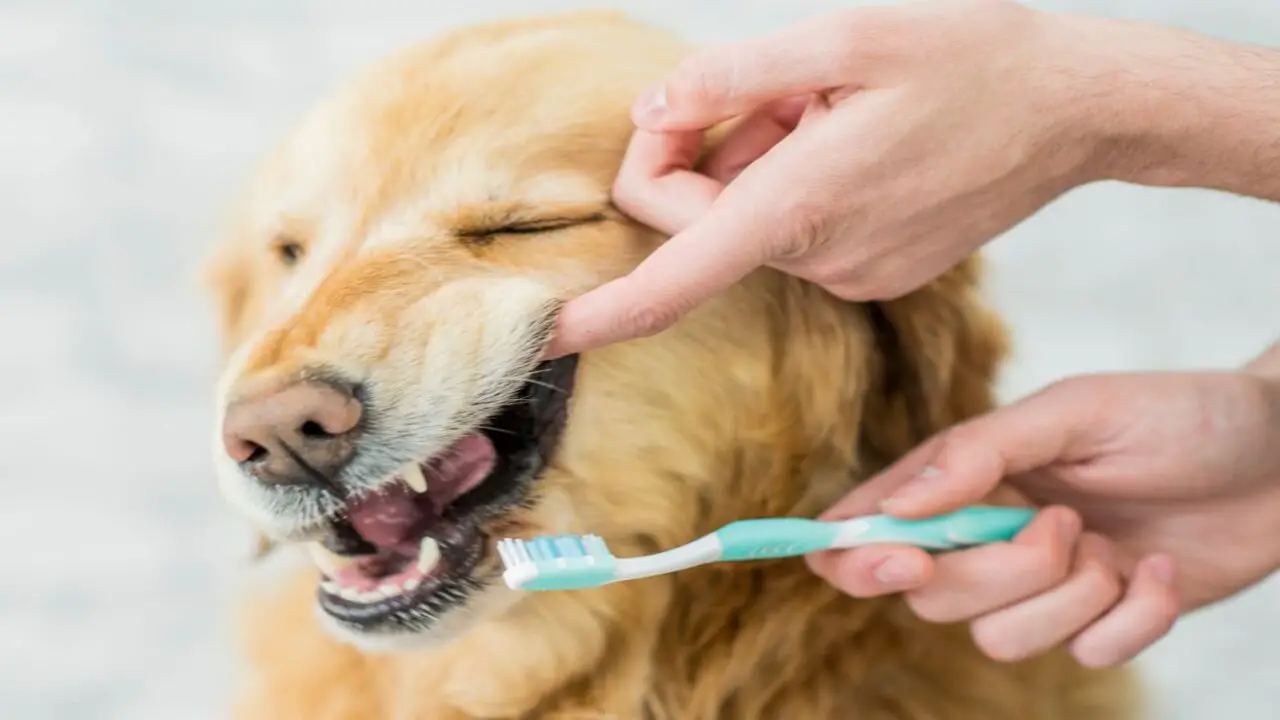
If you’re facing the loss of a dog after a dental cleaning, seek support from a veterinarian or grief counsellor. Allow yourself time to grieve and consider memorializing your dog by planting a tree or creating a photo album. Reach out to support groups or online communities for pet owners who have experienced similar losses. Take care of yourself and seek comfort from loved ones.
How Do You Know If Your Dog Is Safe For Dental Treatment?
Before undergoing dental treatment, it is essential to consult with your veterinarian to determine if your dog is a suitable candidate. A physical exam should be scheduled, during which you can discuss any pre-existing health conditions and provide a detailed medical history. You should also follow pre-anaesthetic screening protocols and carry out blood work as advised.
If you have any concerns or doubts about your pet’s eligibility for dental treatment, seek a second opinion from another qualified veterinarian. This will help ensure that your dog receives the best possible care and that all necessary precautions are taken before administering treatments. Remember that proper dental care is crucial for maintaining your dog’s health and wellbeing.
Factors Leading To Dog Death Post-Dental Cleaning.
Inadequate monitoring during dental cleaning can be fatal for dogs. Anaesthesia complications, allergic reactions, and pre-existing health conditions increase the risk of death. Infections or complications from the procedure can also have disastrous consequences.
Choose a reputable veterinarian who prioritizes animal welfare and uses thorough diagnostics to ensure your dog’s safety. Being aware of these factors will help prevent devastating outcomes during dental cleanings.
Role Of Pre-Existing Health Conditions
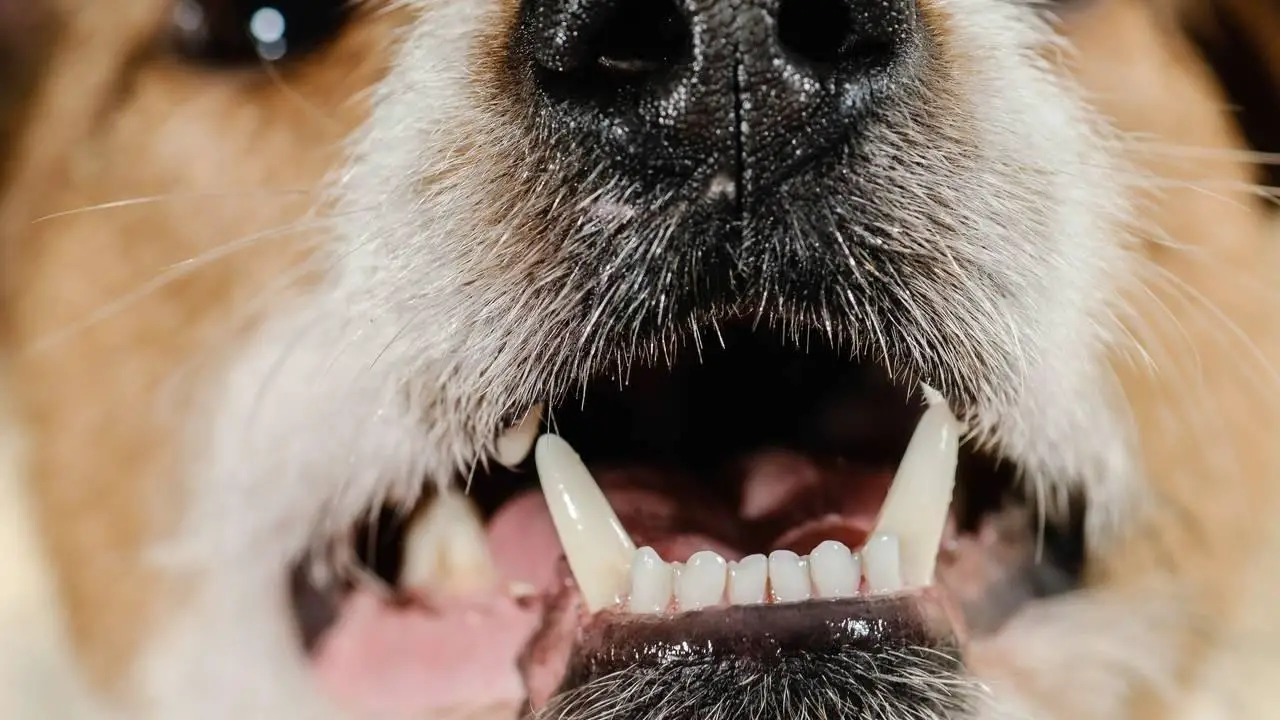
Pre-existing health conditions significantly impact the risk of complications during dental cleaning for dogs. Dogs with heart disease are more vulnerable to anaesthesia-related threats, as dental cleaning can strain their cardiovascular system.
Chronic kidney disease affects the dog’s ability to tolerate anaesthesia, requiring careful monitoring. Diabetic dogs need special attention to blood sugar levels during dental cleaning. Respiratory conditions like asthma pose challenges due to anaesthesia administration. Veterinarians must understand a dog’s health and pre-existing conditions for safe dental cleaning procedures.
Conclusion
Losing a beloved pet is heartbreaking, especially after a routine procedure like dental cleaning. While rare, specific causes can lead to dog death after dental cleaning. To prevent such tragedies, it is crucial to prioritize safety and take necessary precautions. Regular dental cleanings offer numerous benefits and help maintain your dog’s overall health.
However, ensuring your dog’s safety during these procedures is essential by choosing a qualified veterinarian and understanding the risks involved. Pre-existing health conditions can also play a role, so thorough evaluation and proper monitoring are crucial. Remember, your dog’s well-being should always be the top priority.
Frequently Asked Questions
Is There A Safer Alternative To Anesthesia For Dental Cleaning In Dogs?
Anaesthesia-free dental cleaning is a debated topic among veterinarians. While some dogs may be eligible, it depends on their temperament and dental health. Anesthesia allows for a thorough cleaning and possible X-rays.
Can Dogs Get Sick From Teeth Cleaning?
Dogs can experience illness after teeth cleaning if precautions are not taken. Anaesthesia during the procedure can lead to complications. Existing health issues may also increase the risk.
What Are The Side Effects Of Anaesthesia For Dog Teeth Cleaning?
Anaesthesia for dog teeth cleaning may have side effects, including nausea, vomiting, and dizziness. There is a risk of more severe complications like respiratory or cardiac issues. To minimize these risks, ensure your dog’s health is correctly assessed before the procedure and discuss any concerns with your veterinarian.
What Should I Watch After My Dogs’ Dental Cleaning?
After your dog’s dental cleaning, you must watch for any signs of discomfort, monitor their behaviour and activity levels, check their gums and teeth regularly, and follow the veterinarian’s post-operative instructions for proper healing.
What Are The Risks Of Getting Your Dog’s Teeth Cleaned?
During dental cleaning, anaesthesia is necessary and carries inherent risks. Dogs with pre-existing health conditions may be at higher risk. Tooth fractures or damage to the gums or tongue can occur. Regular dental check-ups and preventative care can reduce the need for deep cleanings and lower associated risks.

Aquarium passion is all about connecting with the aquatic life and providing education to the public on the importance of these creatures. We showcase a wide variety of marine life through our exhibits as well as working with schools to provide unique learning opportunities for students of all ages.

